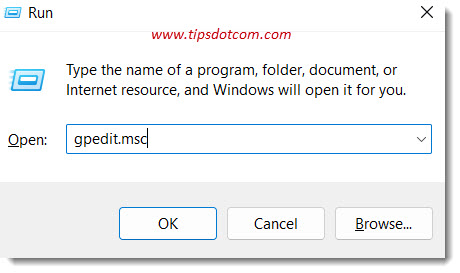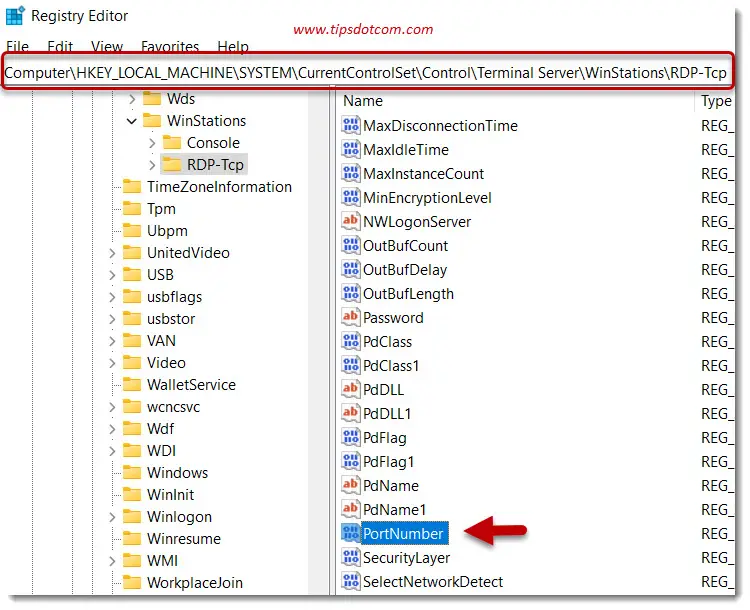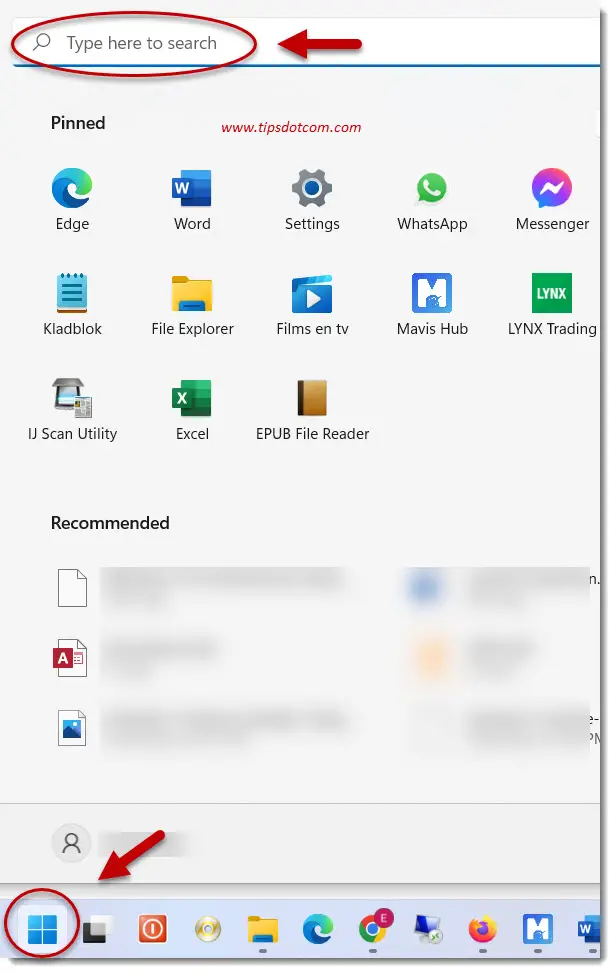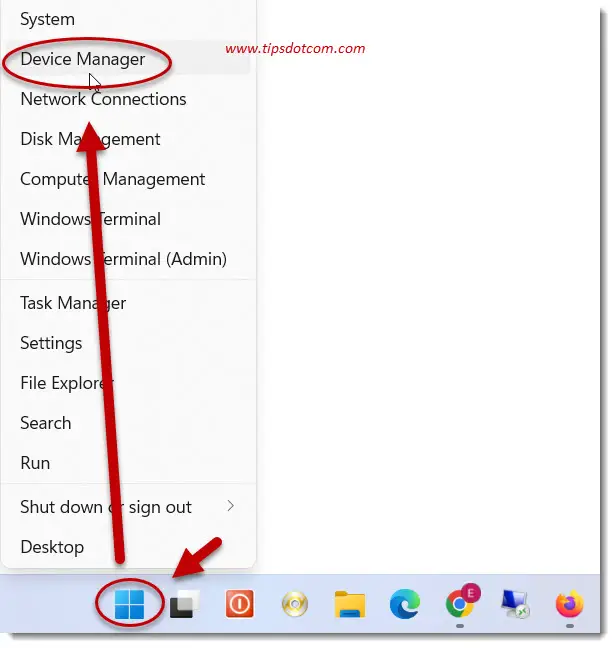Malwarebytes Anti Malware Download
I can honestly say that a Malwarebytes anti malware download has saved my skin on several different occasions. Overall, I can still attest that it’s a very good tool in the battle against malware and computer viruses. For me it has simply proven over and over again to be very effective in the automatic removal of malware when “normal” antivirus software didn’t manage to get the job done.
Until recently.
But before I get into that, let me first point out where you can find the Malwarebytes download link.
You will find the free Malwarebytes download link on several different download locations including FileHippo, Cnet and others, but I suggest that you use the link on the Malwarebytes website directly. That way you are always sure to have the latest version and you minimize the risk of getting a bundled version that comes with other (unwanted) software.
The link I included above opens in a new window, taking you directly to Malwarebytes’s own website. Over there, all you have to do is look for the download button and you’re ready to go. Malwarebytes does indeed offer a free version, but you can also decide to go with the paid version, which will offer you a few extra features, including (but not limited to) future prevention and faster scans.
Malwarebytes Anti Malware Download Not Longer Your Best Bet?
In my introduction I mentioned something about Malwarebytes not being entirely effective during recent events.
Indeed, a week or two ago, I received a phone call from someone who asked for help about a message that had appeared suddenly on his screen saying that all files on his computer were encrypted. He had to pay a certain amount of money (which was not specified at that point in the message) within the next 96 hours or else his files would be destroyed and lost forever.
This was clearly an infection by a variant of the ransomware / CTB-cryptolocker virus so I told the caller to shut down the computer right away so that the virus would not be able to continue encrypting any more files. Many computer problems can be dealt with remotely, but I have seen cryptolocker viruses wreak havoc in file folders over network connections, so the network connection of the infected computer had to be deactivated in this case, which rules out remote support connections.
Soon after that, while I was on my way over to the physical location of the infected computer, I already had my Malwarebytes anti malware download sitting on a USB flash drive, so that I would not need an active internet connection on the infected computer.
When I arrived at the scene, I disconnected the network cable so the virus would not be able to encrypt files on any network shares. (Later it became clear that it had already done so, which proves once again that the best antivirus solution is making sure that you have a solid backup).
After unplugging the network cable I booted up the computer and soon enough I saw the bespoken message, which was an image file that was set as the desktop background by the virus. I also noticed a strange process in the Windows Taskmanager process list, called ptyidx.exe or something similar (I don’t recall the exact process name).
I killed the process but soon enough it respawned itself and appeared back in the process list. Apparently the process had already been busy encrypting files. Almost all files in the my documents folder had been given an extra “extension” with the same name as the strange process in Taskmanager (.ptyidx or whatever the name of the process was).
I grabbed my USB drive with the Malwarebytes anti malware download (and updated definition files) on it, installed the malware removal tool on the infected computer and ran a full scan.
To my surprise, Malwarebytes did find two minor “infections”, but they had absolutely nothing to do with the cryptolocker virus. Sure enough, after cleaning and rebooting the computer with the Malwarebytes anti malware download, the strange process appeared again and continued to do its work.
Then I decided to download Microsoft security essentials (again via a clean computer and my flash drive) and do the entire scanning and cleaning process over again, this time with Microsoft security essentials.
The result was the same: the cryptolocker virus remained undetected.

My third guess turned out to be the right one: Avira free antivirus.
With my previously published computer tips and tricks article about Windows 10 (free) antivirus products in mind, I decided to uninstall Microsoft Defender and Malwarebytes anti malware, download Avira free antivirus and run a full system scan with the newly installed Avira scanner.
I have to say: for this particular infection Avira performed exceptionally! Not only did it correctly detect and identify the cryptolocker virus, it also managed to automatically clean the computer completely.
Conclusions?
Is this to say that Avira is the best antivirus software out there? I wouldn’t say that. It’s important to understand that any particular piece of (new) virus / malware can go undetected by antivirus product A while antivirus product B may be able to do the job and clean the malware. But it’s equally important to realize that for any other virus infection the antivirus product results may just be the other way around.
I have to admit though that, when you experience a virus attack first-hand like me in this case, it is tempting to give a little extra credit to the antivirus product that allowed you to clean the infection.
Do you have experience with the Malwarebytes anti malware download? Other (free) antivirus products when dealing with cryptolocker or other viruses? Feel free to share your experiences in the section below. I'd appreciate it, thanks.
If you've enjoyed this article or found it useful, I'd appreciate it if you'd let me know by clicking the Like (or Share) button below. Thank you!






New! Comments
Have your say about what you just read! Leave me a comment in the box below.